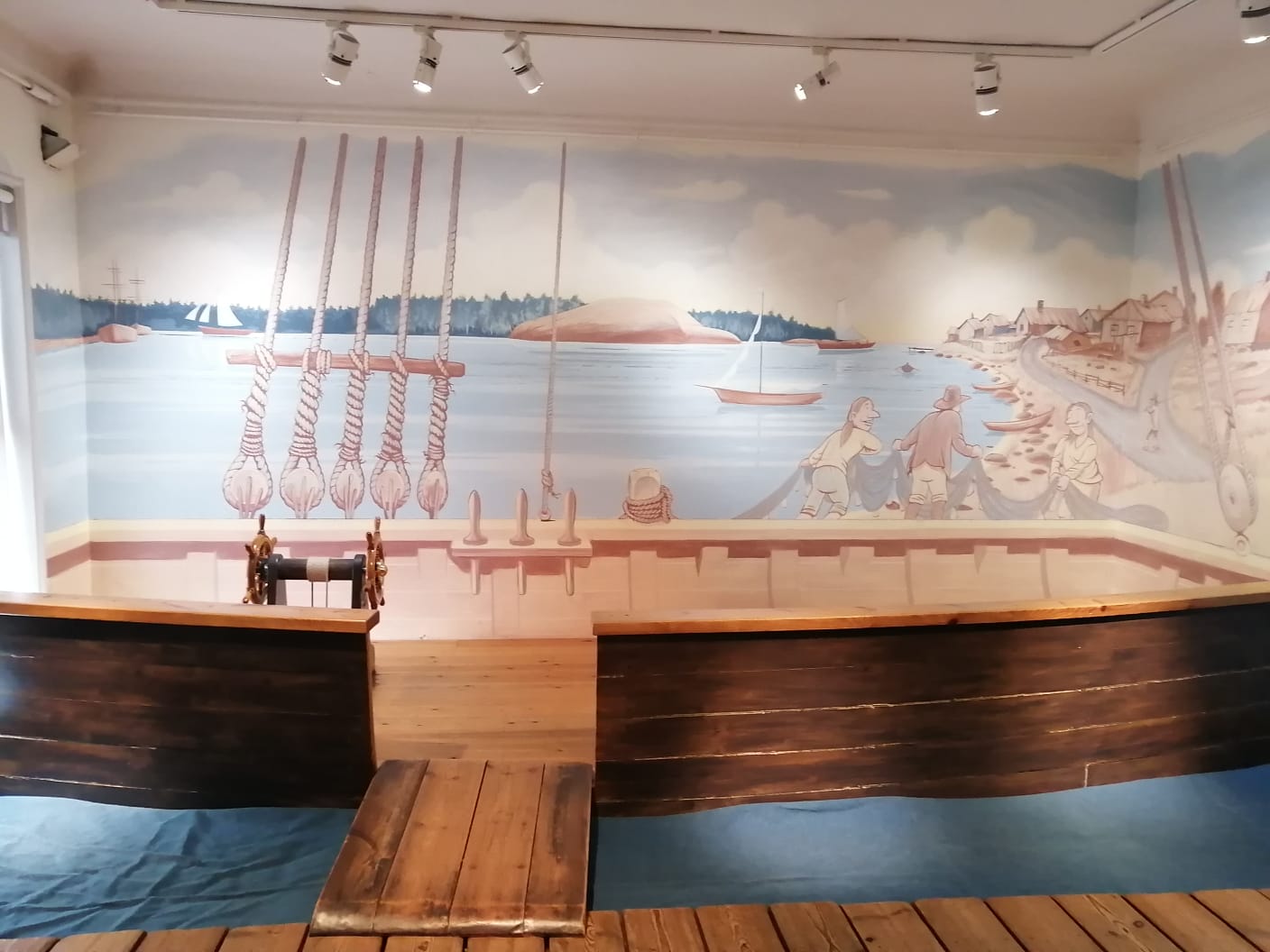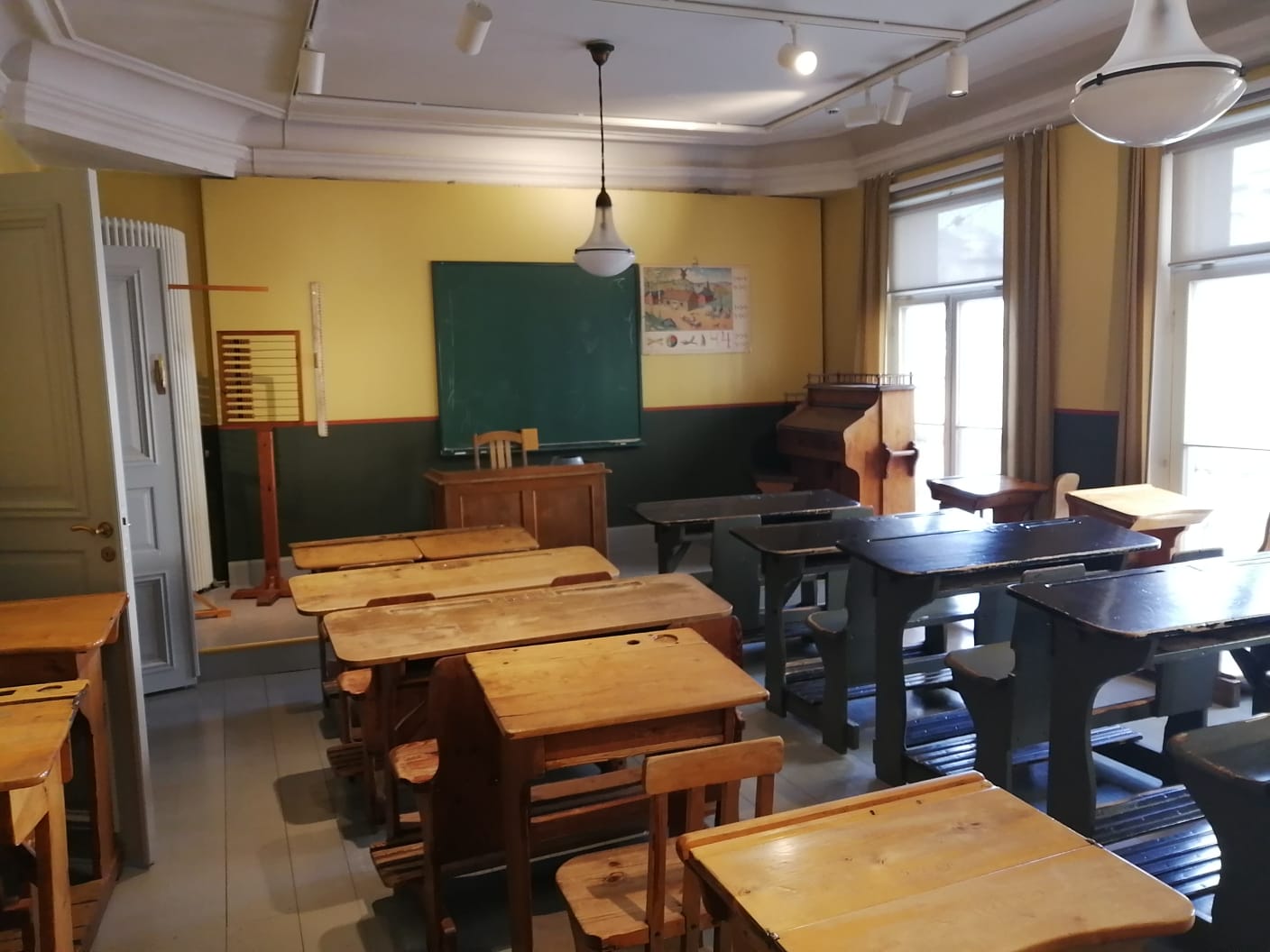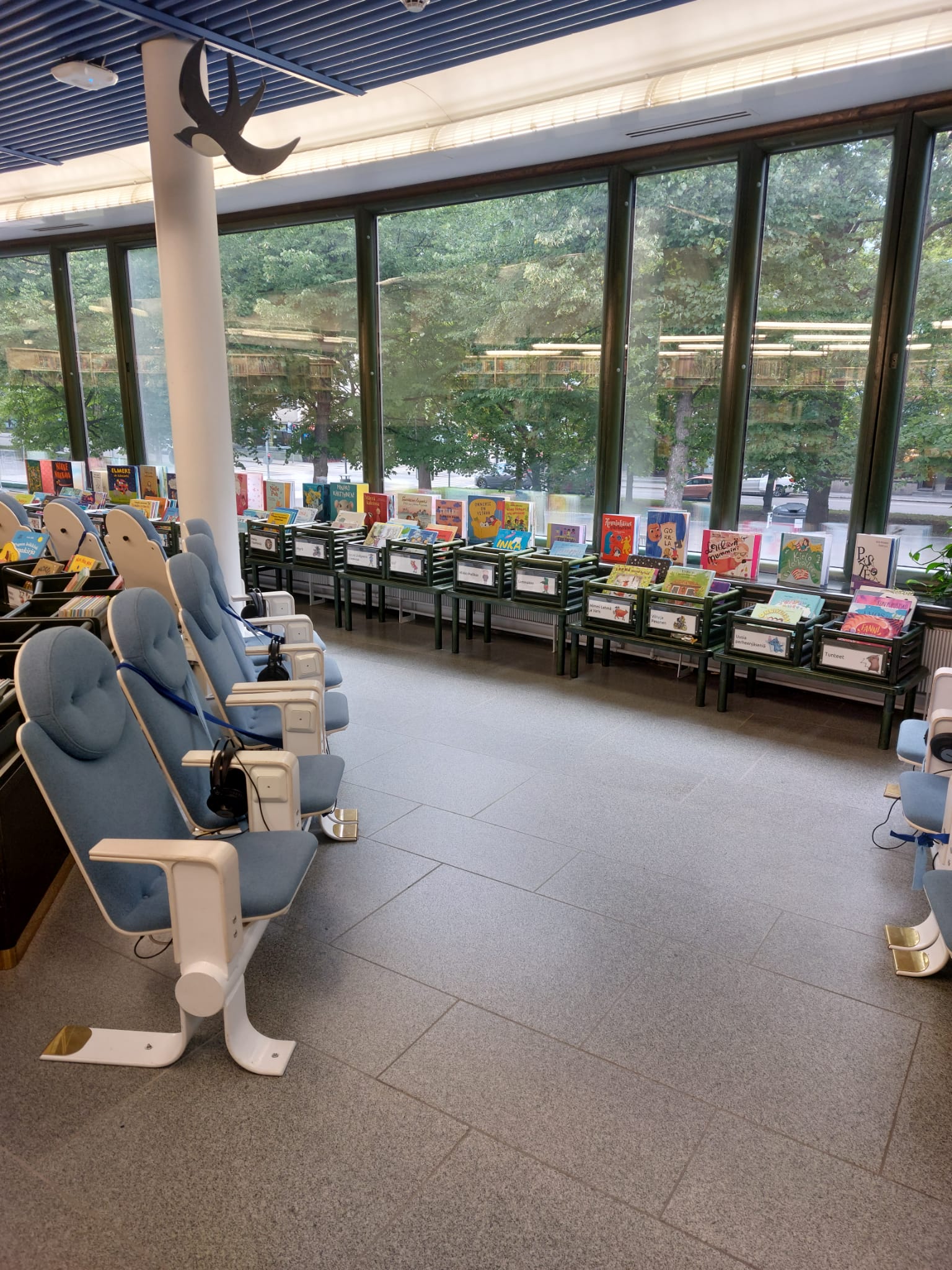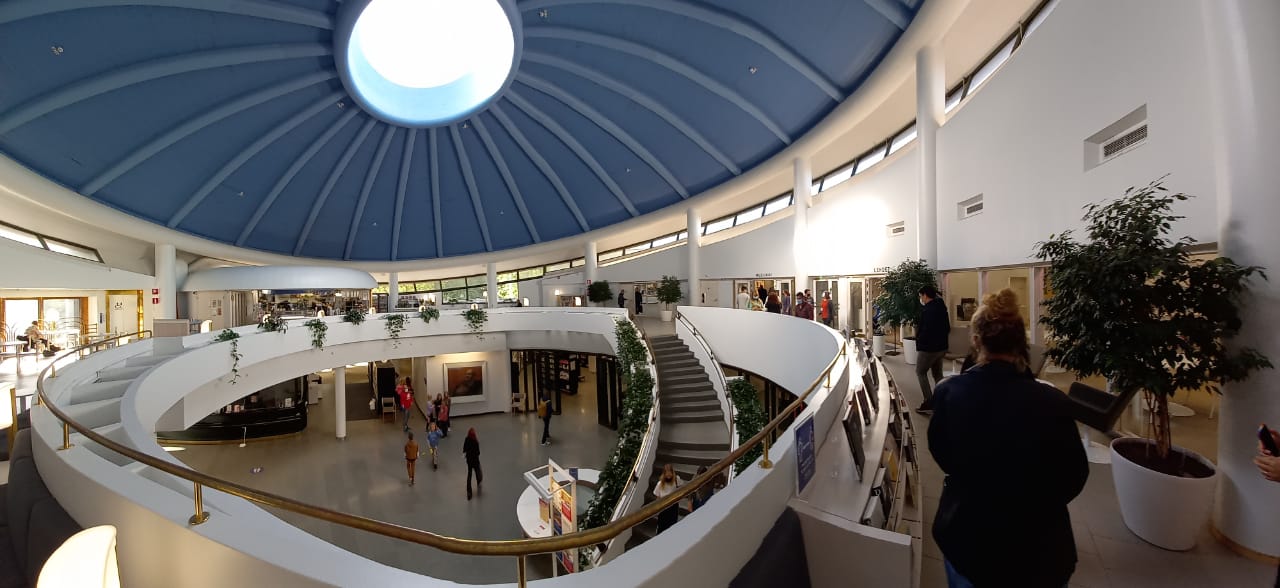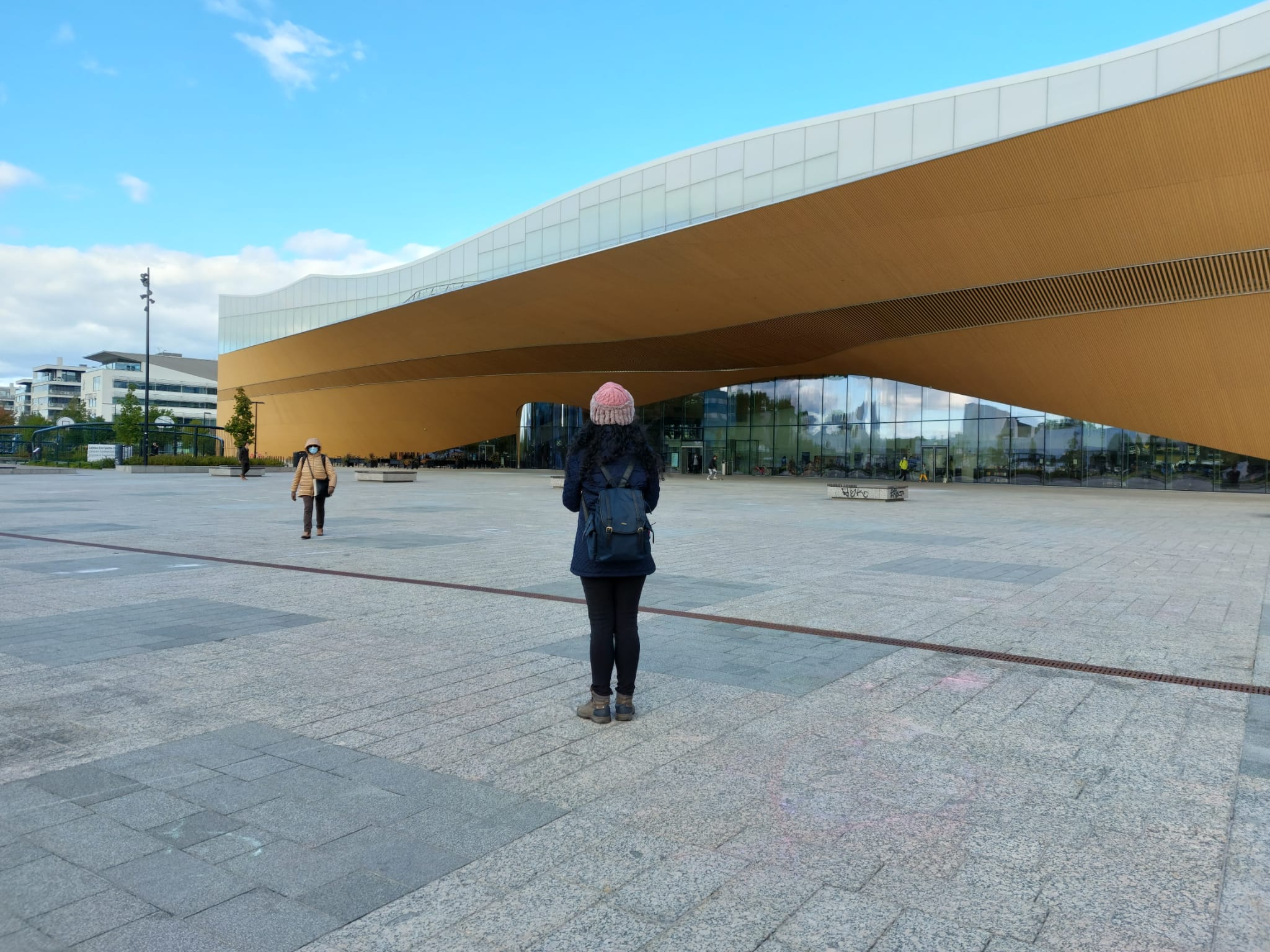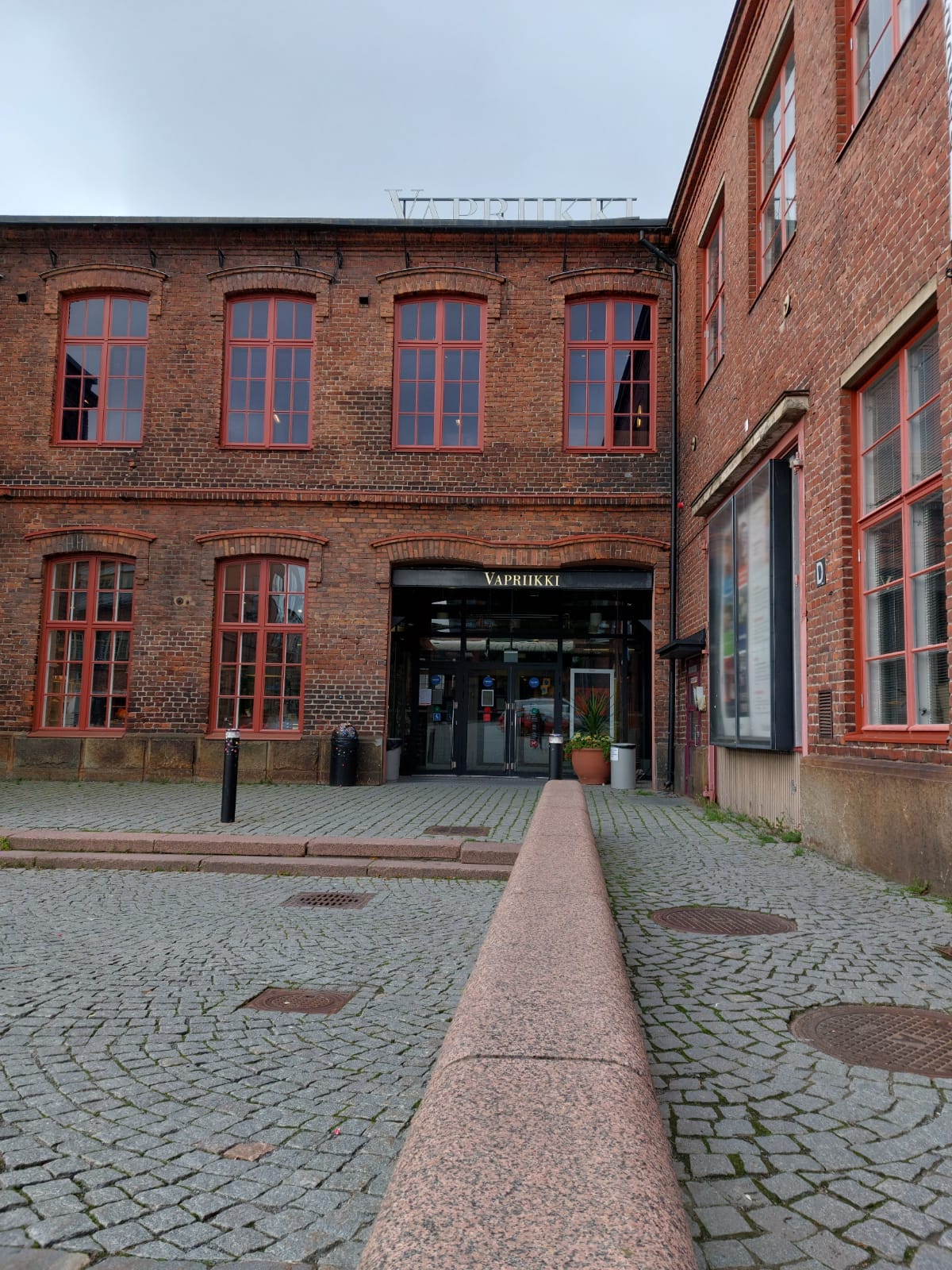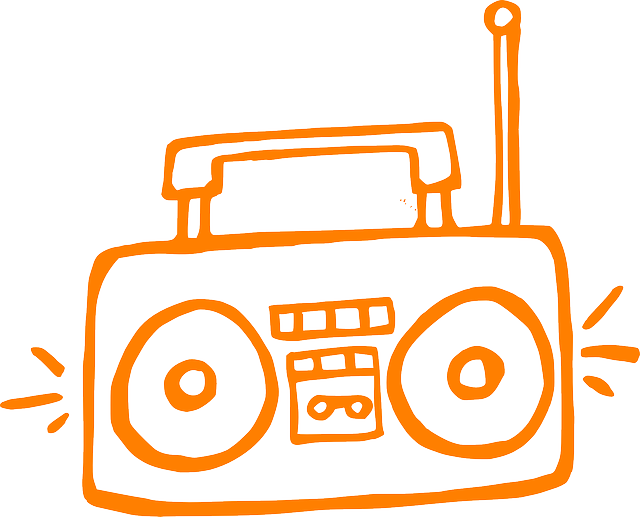THE ROLE OF TRUST IN THE EDUCATIONAL PROCESS.
(By Jorge Amorim, Maria Helena Ferrari and Silvana Testoni)
As soon as we started our program in Tamk University, teacher Elina, all the teachers and educators responsible for our development made a point in making us understand that the basis of Finnish educational success was trust.
Juha, one of our teachers, told us in his first session: our students trust us, we trust our students, their parents trust US, our directors and managerial staff trust us, the government and society as a whole trust the teachers. I believe that it was our first cultural shock. We were all, I believe all the teachers, intrigued and fascinated with that mentality and we immediately started wondering how that cultural trait came to be in a historical process of that country. Then again, in another session, with another teacher, this time Johana, we were told that teachers had always been respected and valued by society as whole, but autonomy, institutional authority and faith had not always been there for them. Up until a certain moment in their educational history, teacher were strictly inspected by the school managing staff to make sure they were doing what they were supposed to. Johana, very kindly and professionally, shared that in the 1980’s Finland had gone through a very serious economic and social crises, which made the government think over about the role of the education and particularly the teacher’s formation and protagonism in the country recovering process. We, teachers from Brazil, assumed the crises itself was the breaking aspect, which inspired Finland’s leader to have a wider and more strategic perspective on educational role and policies. Although we still have a lot to see and understand in our program, we assumed that the 80’s and the mentioned circumstances were the turning point in the construction of the modern and successful trusting educational Finnish model.
In a webinar, we were invited to reflect about a situation posed by professor Timo, in which he presented a phenomenon of the dog and a vacuum cleaner. That reflection made us think about what is behind or beyond a fact, to think about the process, to understand it holistically, to understand how it came to be historically, socially and culturally. Thus, we must recall that in the history of human administration models, the patrimonialist, bureaucratic, and managerial administration approaches respectively ruled us. The point we are trying to make, without deepening too much in the administration theories is that if we look behind and beyond the trust construction in any organization, region or country we shall understand the level of development of one’s (group, region, nation). Each of the administration mentioned model has a certain characteristic when it comes to ideological belief, sense of ownership, focus on the process rather than focus on the results and above all sense of an identity and the construction of goals, which are common to that society, which recognize themselves as a “team”.
In that context, we learned, in one of Juha’s sessions, that the gap between the citizens who make more money and the ones who do not make so much is not gigantic as it is in countries like Brazil. We could notice that the ethnic diversity in Finland is not a big issue since the great majority of people are white. The point we are trying to make here is that Finland with 5.5 million inhabitants (2.6% of Brazil population) was able to develop through its history and education a social project, which represents and meets the expectation of this nation, which built strong social, cultural and identity bonds. We brought all these perspectives in order to express that we believe, so far, that the teachers and education in Finland have accepted and honored the role of being the vector of all that fruitful transformation recognized worldwide. Therefore, the burden, responsibility and hard work such as that has been awarded with a great formation, decent payment, social recognition and trust.
In conclusion, we, as teachers, have many questions to ask: Who are trusted by in Brazil? What social project are we fighting for? What social, cultural, historical, economical project are we accomplishing? What are our cultural bonds? What is the role of education in the social project? Is our social project consistent enough? Are we a nation in its deepest and various meanings? Should we think our formation over?
By taking all of these ideas into consideration, we were able to come up with some very interesting considerations. One of them is the fact that, without trust among all the actors involved in the student’s developmental process, the work gets extremely challenging. Another aspect is that we must understand and take actions to make education play its role as one of the main vector of transformation in our nation. For that, we need to comprehend the root of our trust concepts and overcome, as much and as soon as possible, all the “chains” (metaphorically speaking) which slow us down, make us doubtful, and in many ways stop us from delivering our full potential in the transformation and development of our nation. Then again, we understand that trust is procedural, social, historical and cultural construct, essential for the educational process as a whole.
